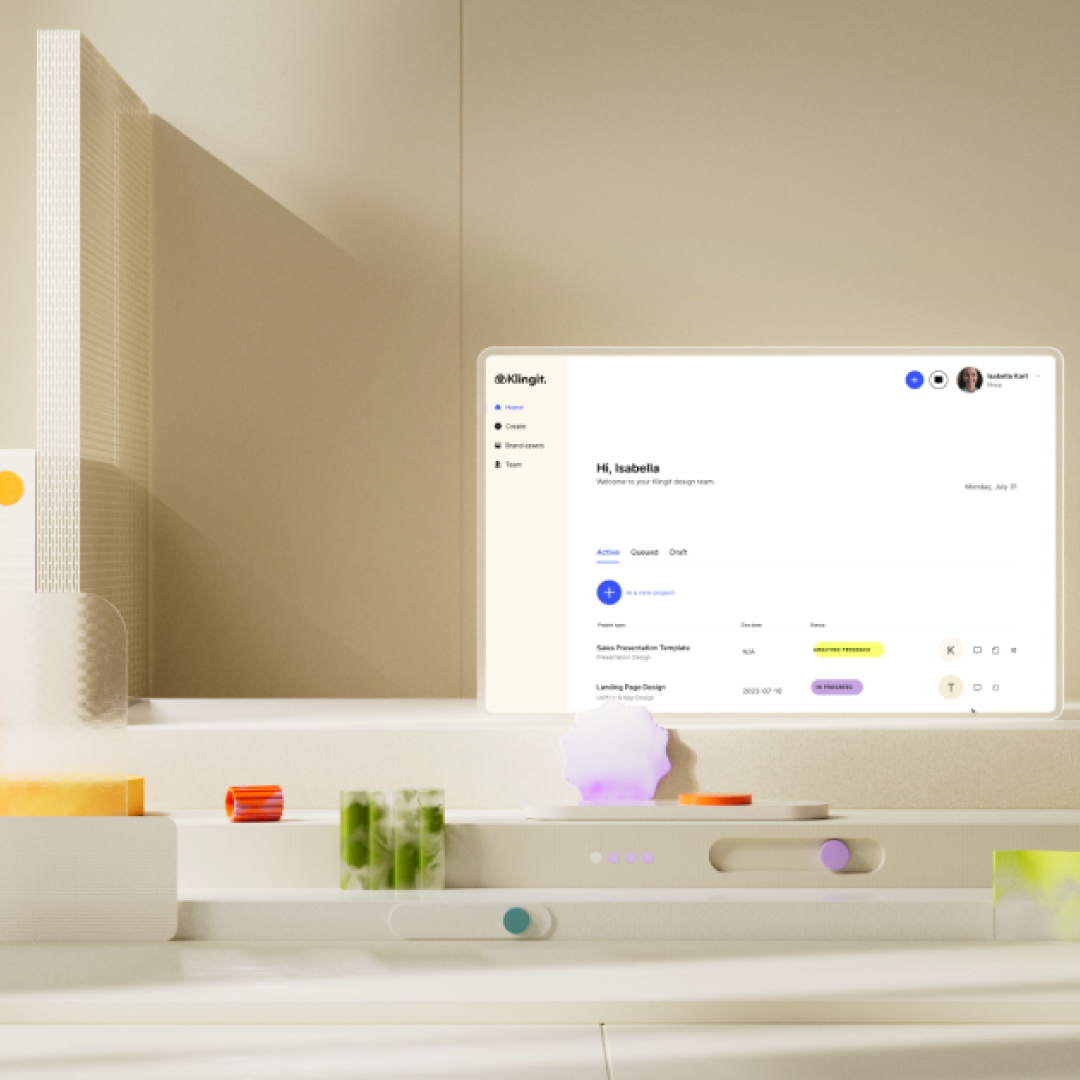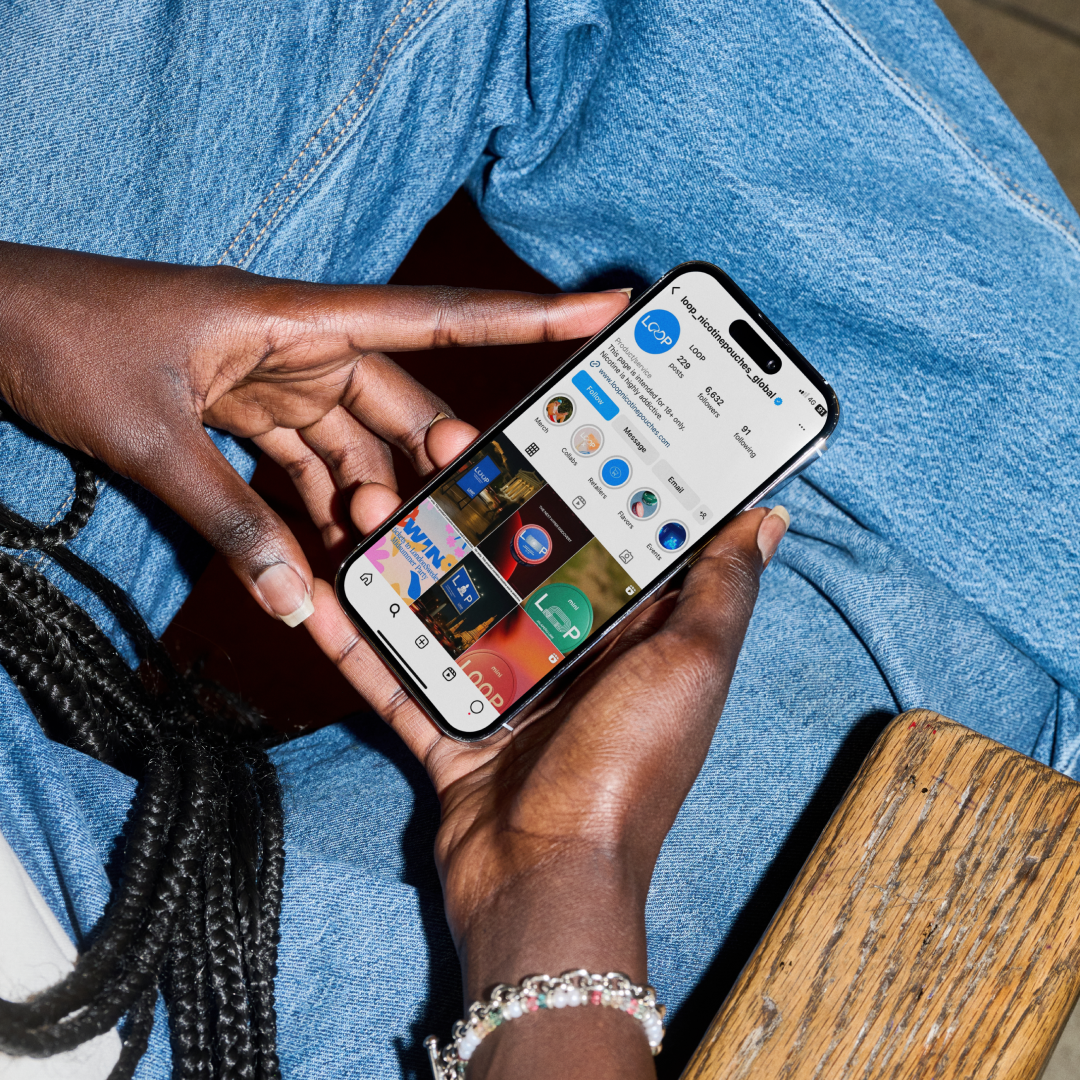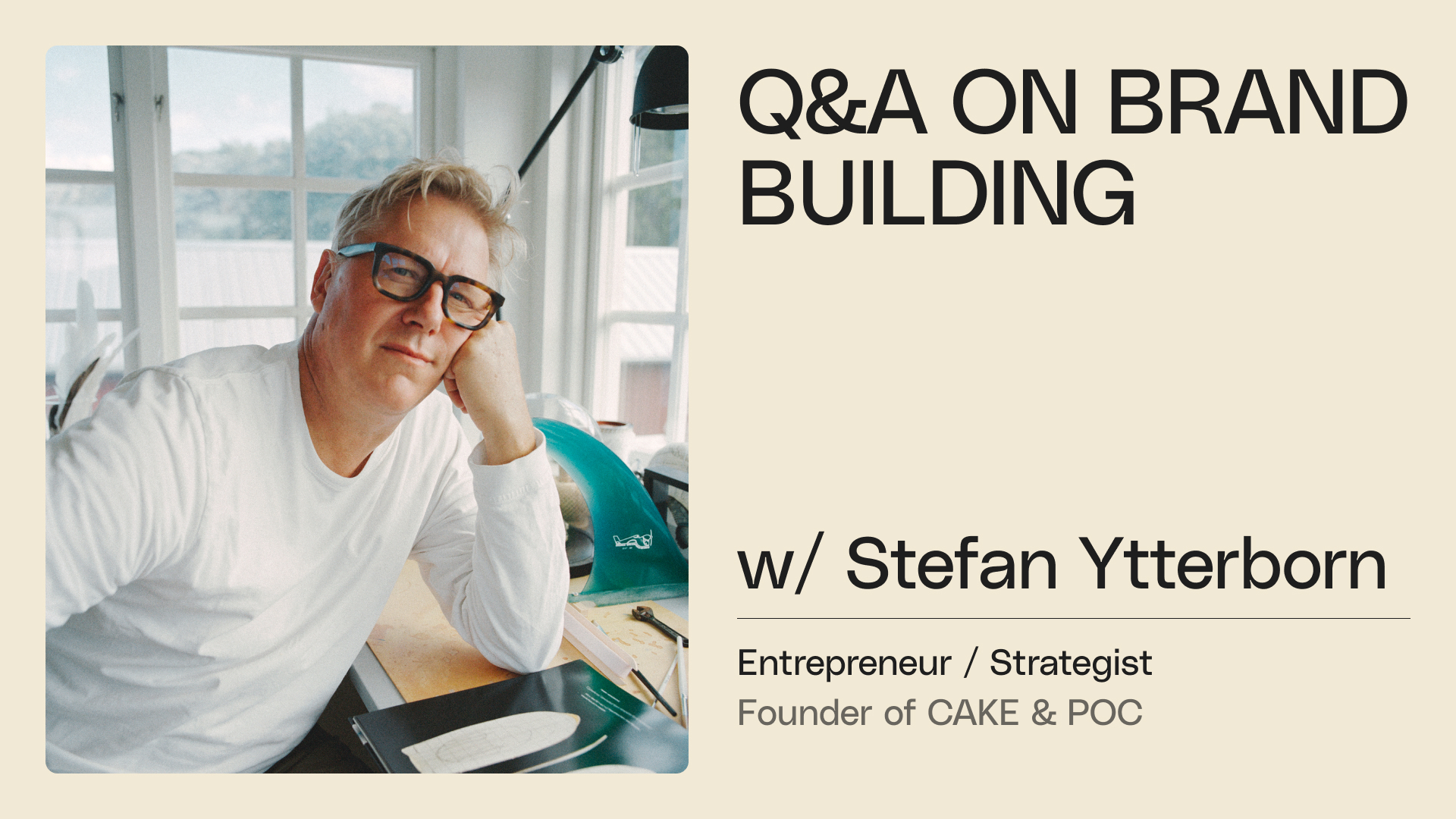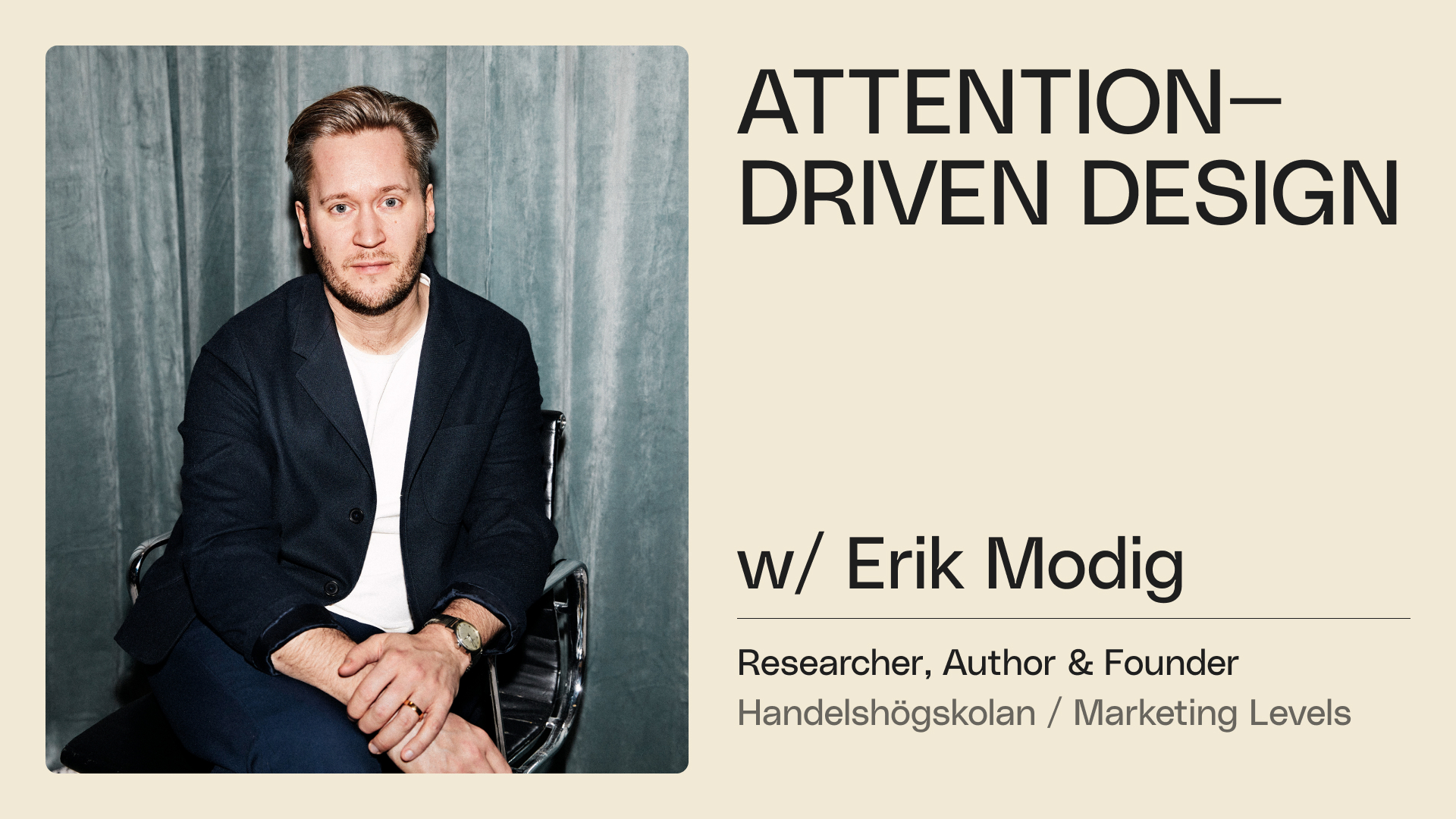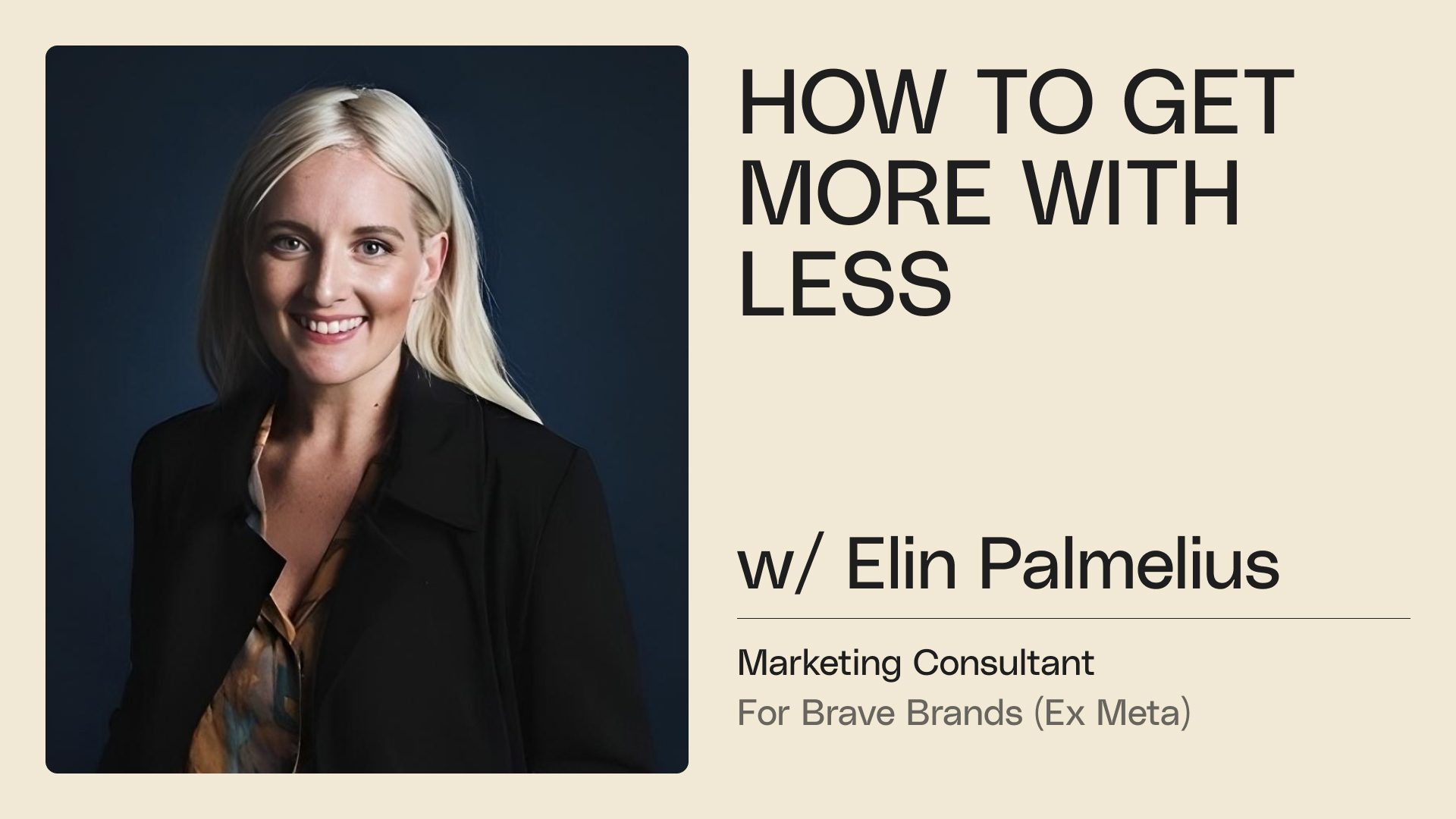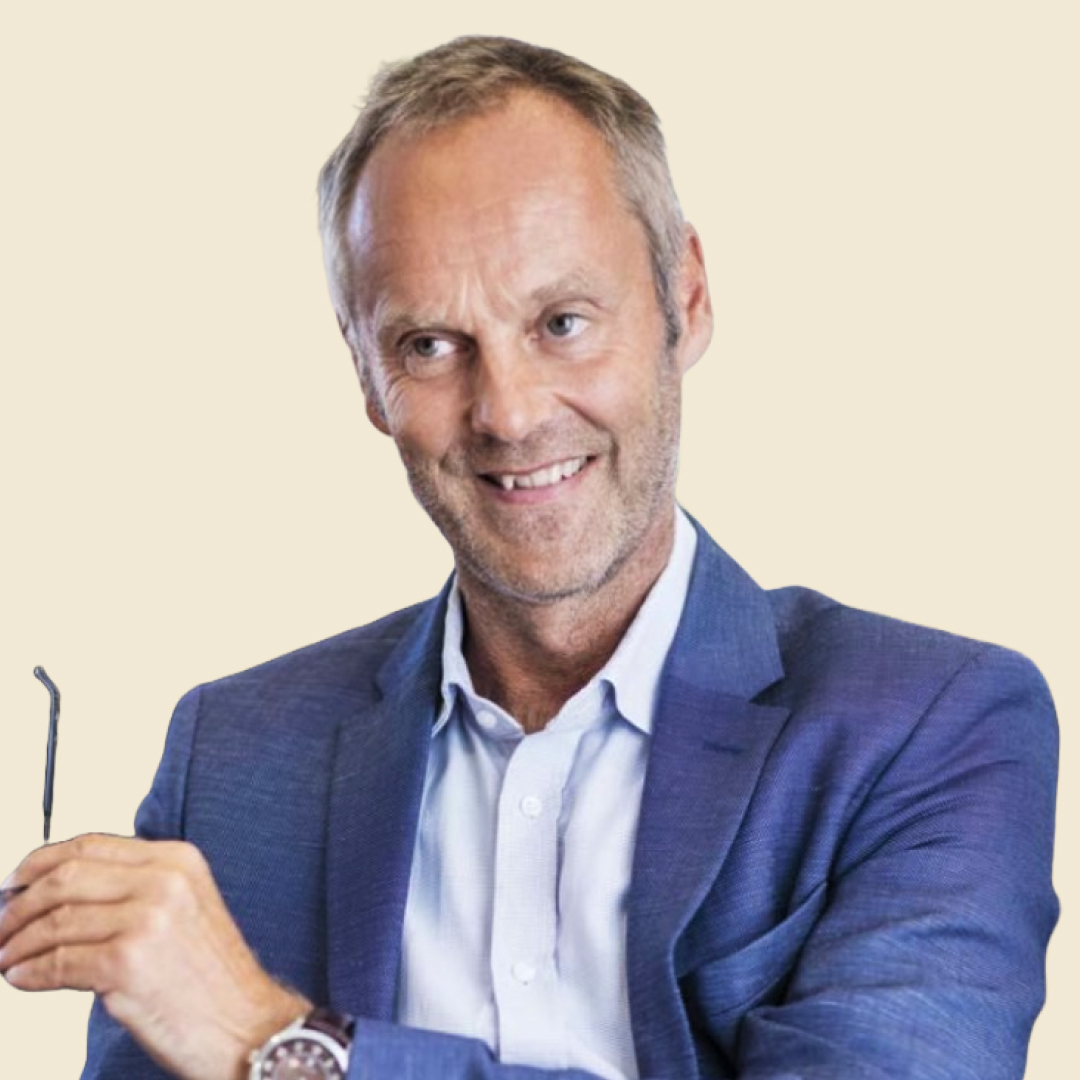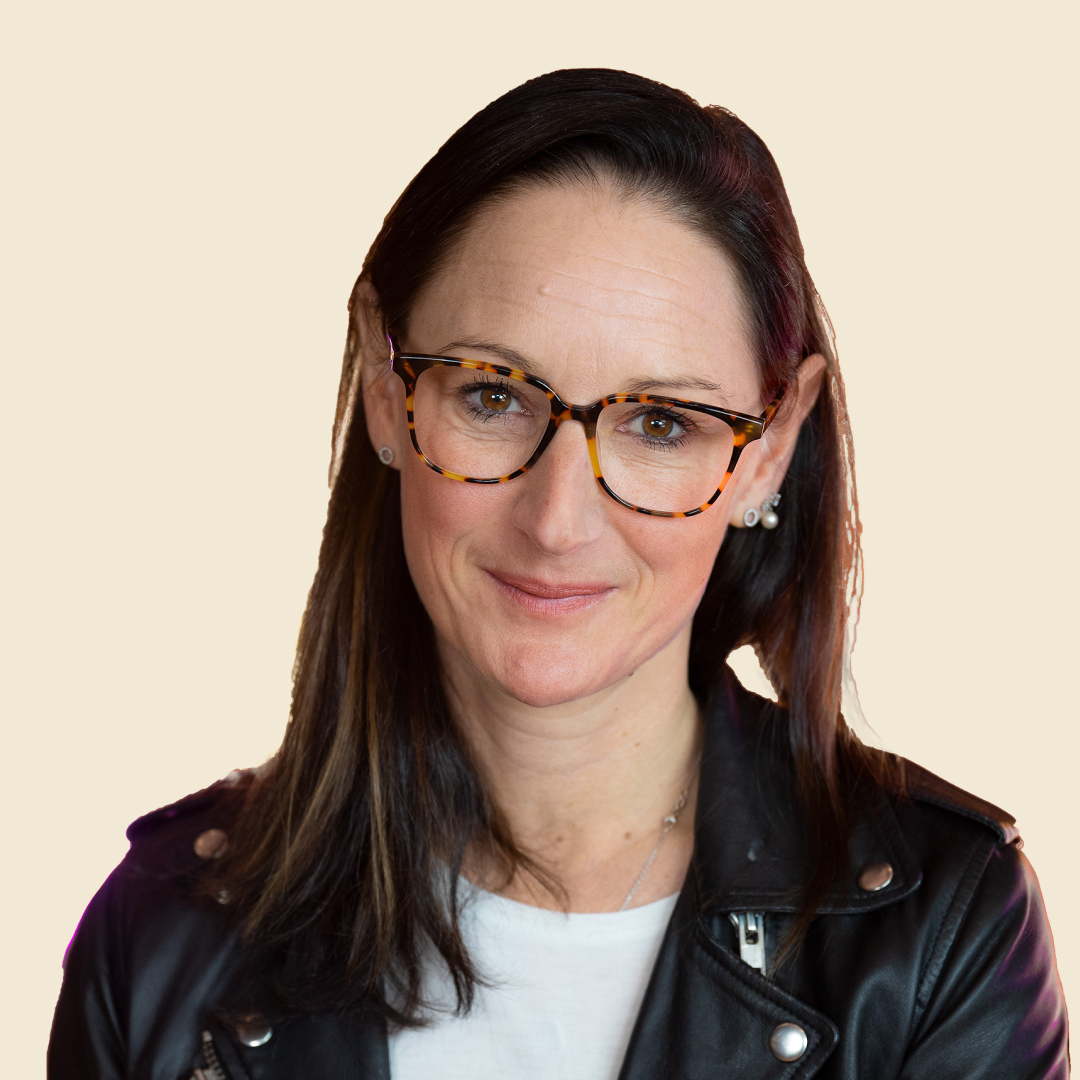Håkan Bodman began his career as a production manager at an advertising agency, later working as both a project manager and CEO in the agency world. His keen interest in strategic issues led him to eventually leave the agency industry to specialize as a brand and communication advisor.
– An advertising agency reached out to me, seeking assistance in deciding whether to merge with another agency. They figured I knew a thing or two about agencies and could offer a more objective perspective. So, we sat down together, and I helped the two agencies come to the conclusion that merging wasn’t a good idea.
After that, one of the agencies wanted continued assistance with their own business development, which marked the beginning of Håkan Bodman’s next career step, and with it, the return to the agency world but in a completely different role.
– After I helped them streamline their processes and kick-start their sales efforts, I got a taste for it and reached out to a few more agencies. Many of them struggle to balance stability and profitability in their operations, so I asked around to see if others were interested in my help.
Soon enough, Håkan Bodman had assisted several agencies with similar challenges, sparking the idea to reach out to Resumé as their readers would likely be interested in similar insights.
– They probably didn’t have much to do at the editorial office that day because I got a full spread and a new nickname as a bonus. It was mostly in jest, but ‘The Agency Doctor’ is a pretty accurate description of what I do today, both for external and in-house agencies.
How did you end up at Inhouse?
– Inhouse caught my attention as I began helping out agencies. They had seen my thoughts in Resumé and had the idea of not only finding the right candidates and consultants but also taking responsibility for the context in which the candidates entered; from processes and organization to business development. One of the owners at Inhouse, Aje Stenbeck, knew that I had done exactly that for agencies, so 13 years ago, they acquired my small consulting firm, and since then, we have worked and grown together.

Can you tell us about your role at Inhouse?
– In addition to assisting agencies in various ways, today, I mainly conduct assessments of marketing and communication departments, often focusing on how their collaboration with the rest of the organization can be improved. I also help them create more efficient processes within the marketing or communication department. This often includes the question of how much should be produced internally and what should be outsourced to an external agency or other partner.
Around 2015, Sweden witnessed the start of what many have termed the in-house revolution. Since then, Håkan Bodman has increasingly worked with marketing departments and their in-house functions.
– I’ve had the privilege of assisting, among others, Unionen, Fazer, Mekonomen, and ATG in developing efficient in-house operations with everything that entails. Many of these assignments were a consequence of the global trend where it’s been considered better to manage most parts of marketing and communication internally, rather than relying on an external partner.
According to Håkan Bodman, this revolution resulted in something of a polarization, where in-house work and collaboration with external agencies were pitted against each other as if it were an either-or situation. Today, such reasoning occurs less frequently, as most have realized that both are necessary.
– The big challenge today is instead finding the optimal setup of what should be done in-house and how it should be complemented with the right set of external partners. Then there are more and more hybrid solutions emerging in the borderland in between – now we see, for example, agency variants that have customized teams working exclusively with one client, as if they were an in-house agency, even though they are physically still located in the agency’s premises – often called ‘outhouse.’ Then there’s something called ‘on-site,’ where an external partner puts together a team that physically works at the client’s office.

The advantage of hybrid models, according to Håkan Bodman, is the increased flexibility. You can more quickly switch out specialist competencies you hire, making it easier to adapt when the demand for a certain expertise changes. Despite the advantages, these models are still relatively uncommon in Sweden compared to, for example, the USA or England.
– In the same hybrid area, Klingit is now emerging as another alternative with flexible subscriptions. Today, the need for resources varies rapidly over time, especially when it comes to specialist competencies. That’s why the kind of scalable subscriptions at different levels that you offer is super smart. I can’t say exactly what will happen on this front in the future, but it’s clear to me that many new and exciting hybrid solutions will emerge.
How has the economic downturn affected companies’ in-house functions?
– It hits and is handled very differently, actually. Companies often start by cutting the marketing budget when they need to save money – out with expensive media in favor of even more digital, for example. The next step is what roles should be cut from the marketing department. For some, it’s just about reducing headcount, even if they bring in an external, flexible, more expensive resource to cover the same needs. Others reason the opposite and look at the total cost. They bring in more expensive hours from their external agency, unfortunately often resulting in overloading the in-house function even though the total cost decreases.
At the same time, many are hiring more to handle the increasingly larger workload. Håkan Bodman sees signs of this, among other things, in Inhouse’s own industry survey.
– Every year, we map the Swedish in-house agency industry and publish the results in our report “InhouseBarometern”. When the latest edition was done, the economic downturn had just hit with full force. Despite that, a whopping 20% responded that they would hire more, and 34% would bring more work in-house from external agencies. In a few weeks, we’ll actually start this year’s survey, and it will be particularly exciting this year to see what results are presented this fall.
What challenges do the marketing departments you typically work with face?
– A common challenge is that within companies, it’s seen as “not costing anything” to order from an internal function; very few use internal invoicing. The bar for what and how to order from an in-house agency is lowered, and people can come and ask for just about anything, “because it doesn’t cost anything”. That’s never the case with an external agency where the meter starts running immediately. The consequence of this reasoning, unfortunately, is that resources aren’t optimally utilized, and cost control becomes poorer – garbage in, garbage out, in other words.
Many struggle with having to act as gatekeepers against the organization to avoid drowning in work, something Håkan Bodman has seen in the majority of companies he has worked with.
– Most people in the organization find marketing fun and creative, so they’ve already thought quite a bit and fallen in love with their idea when they come to the in-house function with it. When they then encounter someone whose mission is to ensure that what needs to be done supports the company’s business goals, and who, based on this, shuts down the idea or activity, friction often arises. To address this, in-house needs to be involved early in the process, right where the conceptual work begins. Then they can get help with filtering before they get attached to the ideas, reducing friction and turning them into a strategic partner rather than naysayers.
“It seems like you just have to accept that you have to be both a generalist and a specialist to be relevant today.”
What competencies are most in demand in the industry right now
– What stands out right now and is relatively new are AI-related roles like, for example, prompt specialists. Foundational roles like production managers, designers, and creators are always relevant, and there is still a high demand for roles in content and marketing automation. Something else we’ve seen is a continued trend towards even more streamlined functions, which means you need to be both a generalist and ideally a specialist in several things at once.
What is your book “How to Build a Successful In-house Agency” about?
– If I had released it today, I would have called it “What to do when you want to produce your marketing internally instead of going to an external agency”, as more and more are abandoning the term “in-house agency” and instead talking about producing content within their marketing department, but that’s a bit too long for a book title! The book is about what you need to consider when building up such a function or expanding and developing one that already exists.
When I come in, they’re often dissatisfied within the organization, and those in marketing are often overworked while feeling a lack of appreciation and trust. All of these are symptoms, and what lies behind them is almost always a poorly formulated mission. Dissatisfaction arises when the in-house department’s perception of what they should do, and how, doesn’t align with how the rest of the organization views the same things. The solution is to build correctly from the ground up – the mission and mandate need to be clear. From there, you can develop the necessary processes and staff with the right skills.

Another challenge Håkan Bodman addresses in the book is how to create sufficient creative height in internal workflows. Creatives at external agencies typically work with five to 15 different brands simultaneously. That also means up to 15 times more stimulation and input compared to someone internally working with one brand day in and day out.
– Every day, in-house creatives have to come up with new ingenious ways to communicate the same thing in an environment where it’s difficult not to fall into old patterns. That’s precisely why external agencies or solutions like Klingit are needed – to provide creative boosts per hour. Although it’s important to find the right tools to lift your own creative work as well – something there are plenty of effective methods for, which most people miss out on using.
What advice would you give to a newly appointed CMO?
– This applies to both new and experienced marketing executives, but one of the most important things is to answer the question “What should my orchestra look like?” That is, how you build your in-house team, what external partners you should work with, and what hybrids exist in between – all to maximize efficiency, speed, and the brand’s potential. If you succeed with that, you’ve come a long way. Identify the mission linked to the company’s goals and needs, and use it to pinpoint which competencies you need to have in-house and which you can outsource or only bring in on a project basis.
What makes a great marketer?
– To sift through the noise and be able to determine what’s relevant. Marketing is about connecting a product or service with its target audience. That link is influenced by external factors, which in turn affect the target audience’s way of acting, thinking, and feeling. Therefore, the biggest challenge is to keep up with what actually affects the marketing task for your organization and to prioritize correctly in what’s most important to absorb. This is becoming harder and harder every day but is crucial for how successful you’ll be.


